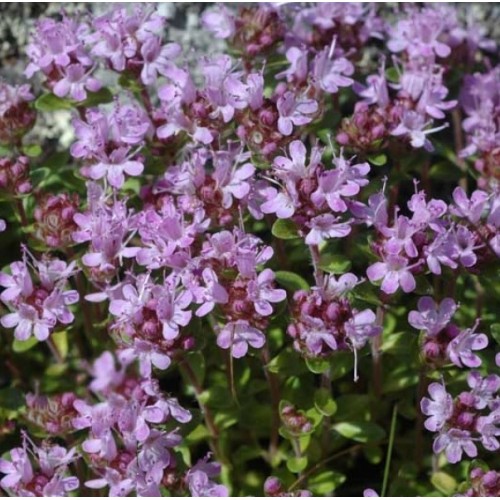Zataria Multiflora
Zataria multiflora Boiss. (ZM)
Zataria multiflora (Zataria bracteata Boiss) is a thyme-like plant belonging to the Lamiaceae family that geographically grows wild only in central and southern Iran, Pakistan and Afghanistan. It has chemical and pharmacological similarities to Thymus vulgaris, the well-known and widely investigated medicinal plant. For this reason, it is also called Avishan-e-Shirazi (Avishan meaning thyme in the Persian language and Shiraz being the name of a city in southern Iran). The genus name of the plant is derived from the Arabic word “Zaatar” which is a generic name of some Middle Eastern herbs including thyme, oregano and savory. ZM can be recognized by the orbicular, densely gland-dotted, ovate leaves and the dense white, hairy, round buds on the leaf axils. It is an aromatic shrub that reaches 60–90 cm in height. Mature branches are woody and leafless whereas young branches are white with dense glandular, spreading, pilose indumentums. Leaves (5–10×5–10 mm2) are orbicular ovate to orbicular.Flowers are white, sub-sessile, very small and often male sterile. ZM (aerial parts) is not only a popular condimental plant but is also used in traditional folk remedies for its antiseptic, analgesic, carminative, anthelmintic and antidiarrheal properties.

